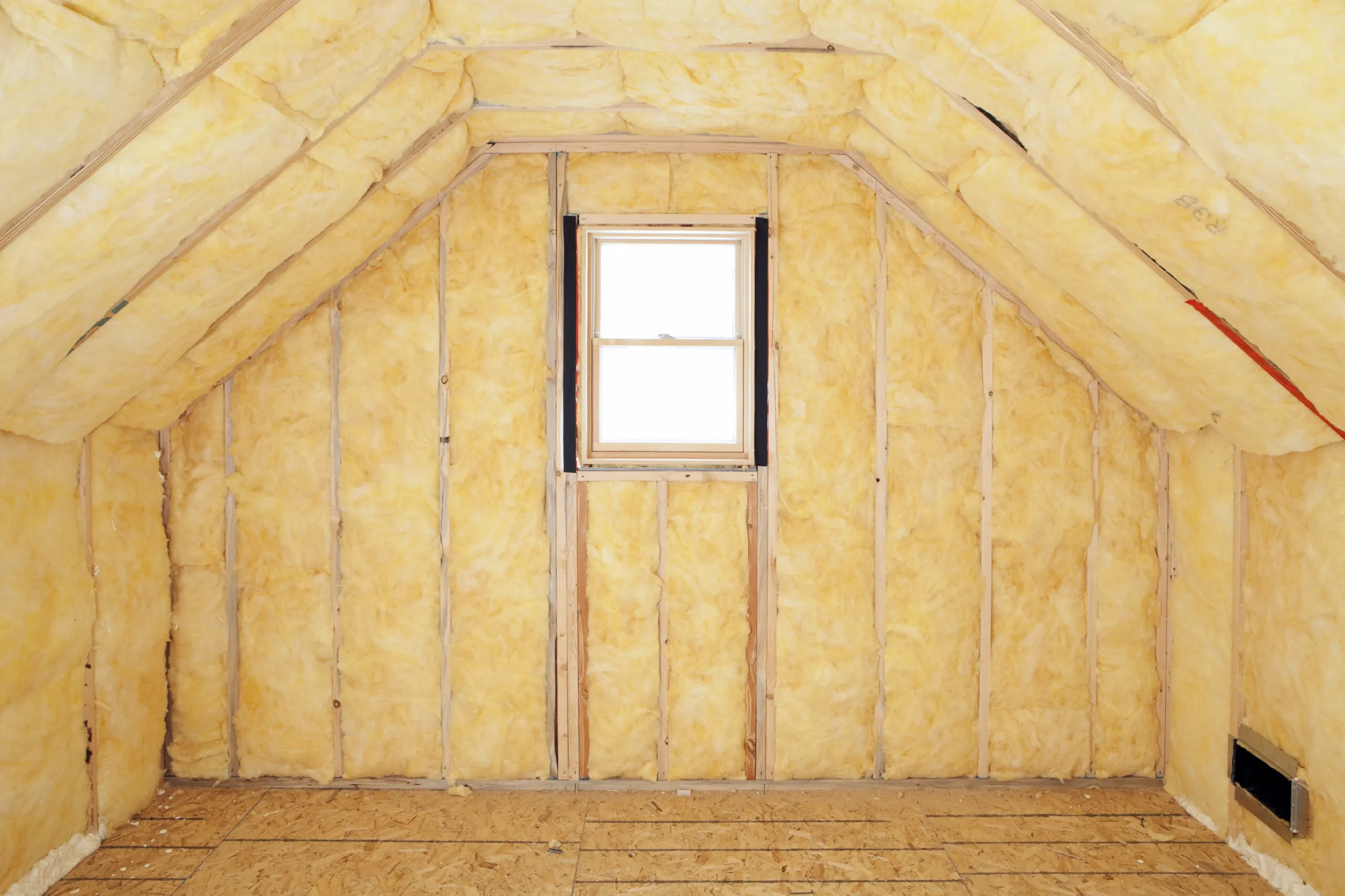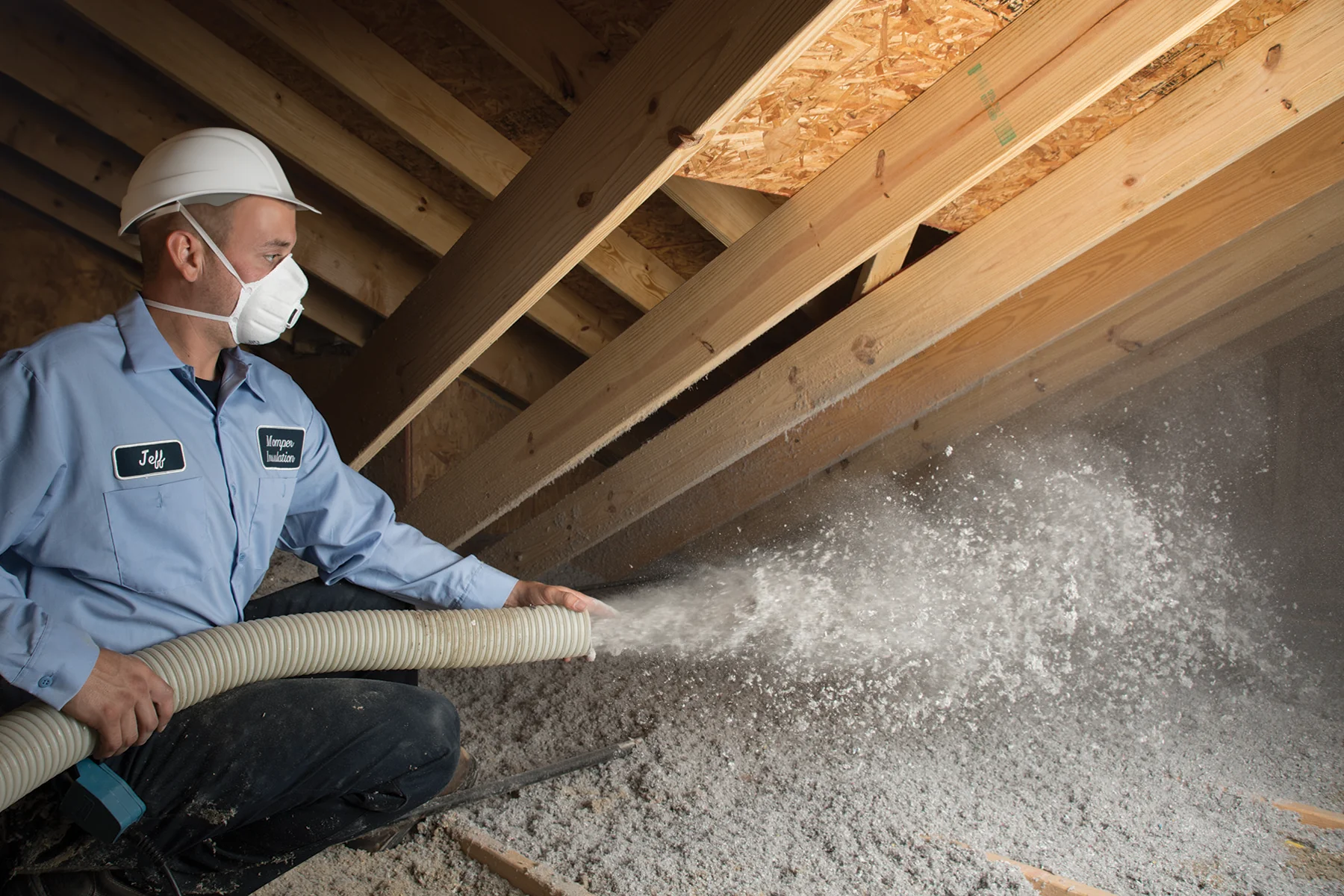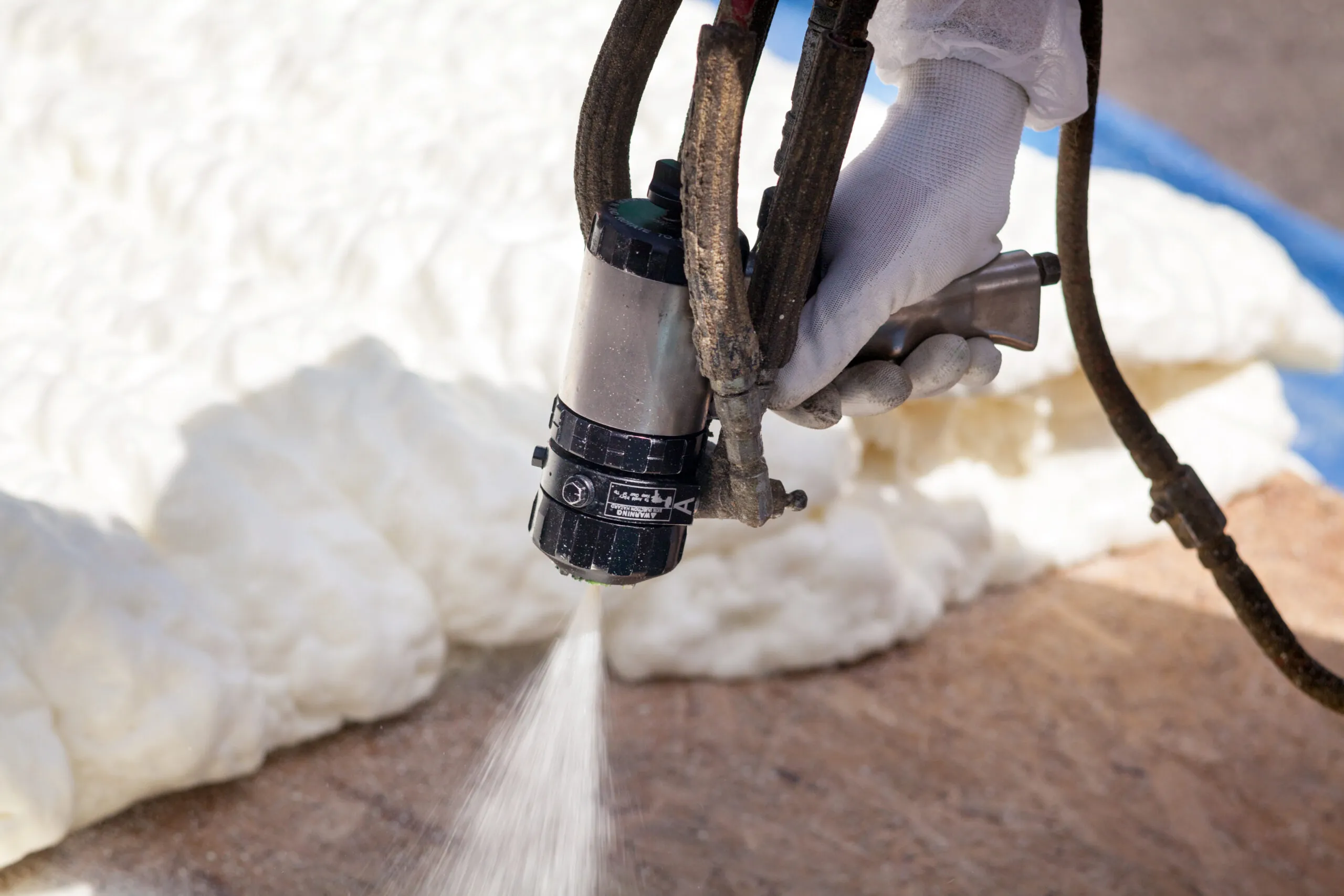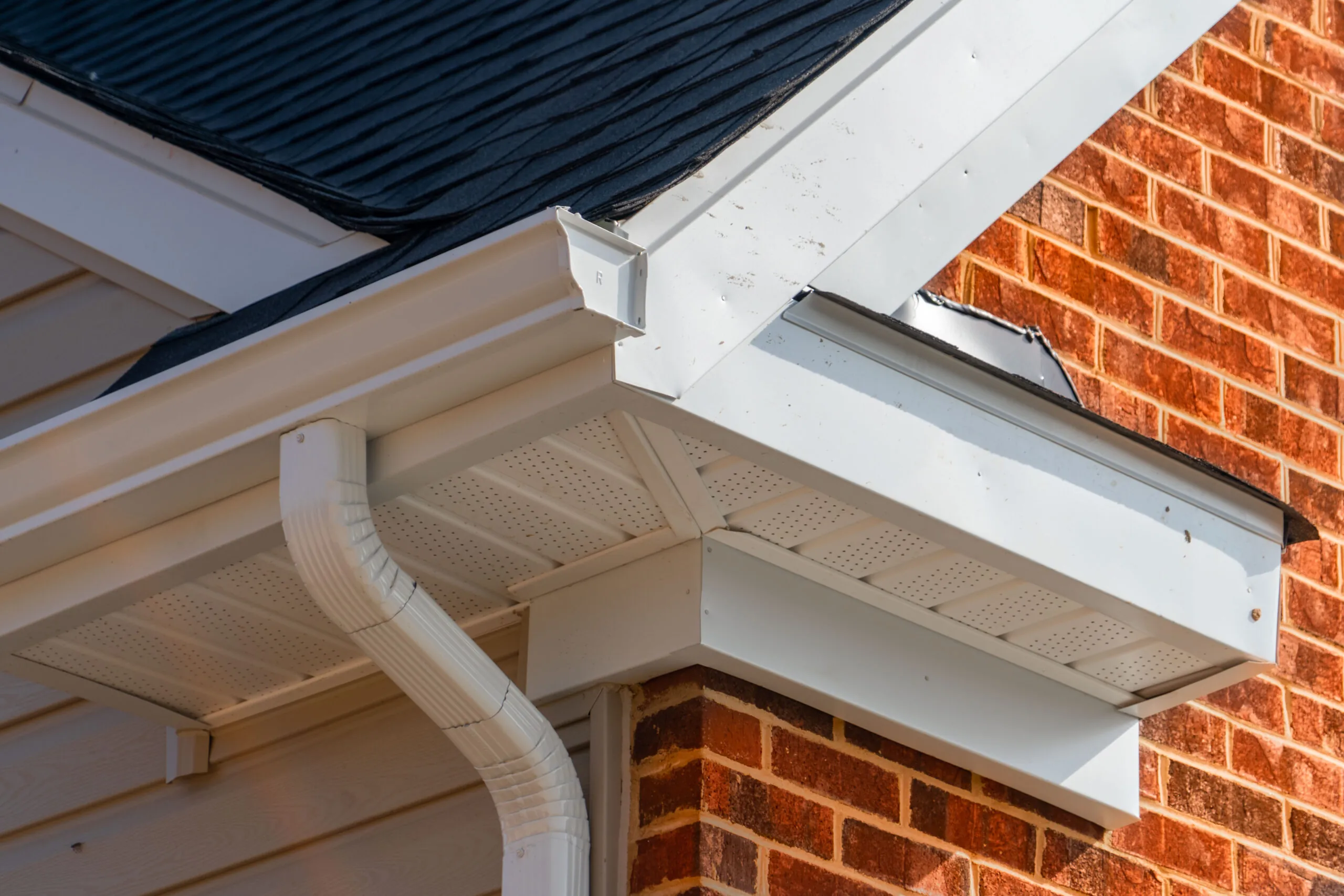- 770 Industrial Drive Unit A, Cary, IL 60013
- |Contact Us
What to Expect When We Insulate Your Attic
You’ve decided to have your attic insulated. Congratulations! You’ll finally cut down on those drafts, get your energy bills under control and improve the value of your home. It’s important to understand in advance what will happen the day we insulate your attic — and in the decision-making process ahead of time, if you’ve not already made your decisions about how much, what kind, etc.
We’ve put together this brief guide to help you be informed about everything you ought to be before the ThermaSeal/Lakeside Insulation team knocks on your door to get started.
What Decisions You’ll Need to Make
- What R-value do I want? The government’s ENERGY STAR program suggests that attics should be insulated to at least R-38, but this is a minimum for warmer climates. In many places, including Northern Illinois, code for attics is R-49 or even higher — in some cases, attic R-value might be optimal as high as R-60. You’ll want to find out what specific guidelines exist for your home, then consider what, if any, factors might suggest going higher.
- What type of insulation do I want? You have a number of options for attic insulation. You’ll need to look at how much space you have, how much R-value you need to add, what your budget looks like, how long you want it all to take, even whether you ever plan to finish your attic. Do your research on fiberglass batts, loose-fill cellulose and spray foam insulation options in advance — they’re the most common choices, though not your only choices — so you can discuss it with your insulation team.
- Should I keep old insulation? In most cases, you’ll be able to keep your old insulation and simply add to it, but if it’s in bad condition or you simply don’t have the space to achieve appropriate R-value with old inefficient insulation and a new layer on top, you’ll want to consider removal. This can be an entirely separate project.
What Your Installers Want to Know Before They Start
You’ll want to fill in your installer on the details of not only the problem you’re trying to solve but also what you’re hoping to achieve with your attic and your home in general. For example, an installer setting up insulation in an unfinished attic that’s barely used for storage (and never will be used for anything else) is going to make different decisions than one insulating an attic you intend to turn into extra space in a few months.
Warnings about existing problems, hazards and annoyances in your attic wouldn’t be remiss either. If you bump your head on a certain hanging light in the dark before you hit the switch, let us know beforehand to spare us, please!
The Day Of
Depending on what kind of insulation you’re having installed, the process can be quite varied. If the team is installing fiberglass batts, there will be a lot of carrying insulation up and setting it into place, but it will be (relatively) quiet and unintrusive despite perhaps taking a while.
On the other hand, blown-in insulation or spray foam insulation will require the use of loud machines and protective covering for any part of your home that might be exposed. Depending on the specific insulation and setup of your home, you might need to vacate for a day to let fumes dissipate.
Regardless of the process, when we’re finished, we won’t leave any mess behind to frustrate you — your home will look as clean as we entered it, and your attic will be in top condition.
What You Can Expect Afterward
After we finish (and after you’re able to return home, if you needed to leave), you should immediately notice the difference in terms of drafts and how much your heat needs to run when it gets cold (or AC when it gets hot). Your next energy bill should be very pleasantly surprising, especially if your attic was a serious source of air leakage.
Have More Questions?
If you’d like to learn more about the process, or have questions about something specific that we haven’t covered, don’t be afraid to reach out! Contact the ThermaSeal/Lakeside team at (847) 566-7051 or online, and we’ll be glad to help you to understand everything from beginning to end.

Fiberglass insulation is often the most economical of insulation choices to buy and easiest to install.

Cellulose insulation is a green insulation product comprised from recycled newspaper and other paper sources.

Spray Foam will expand to keep every tight corner and crevice of your building comfortable.

Help prevent mold and moisture infiltration in homes you build with our waterproofing services.



